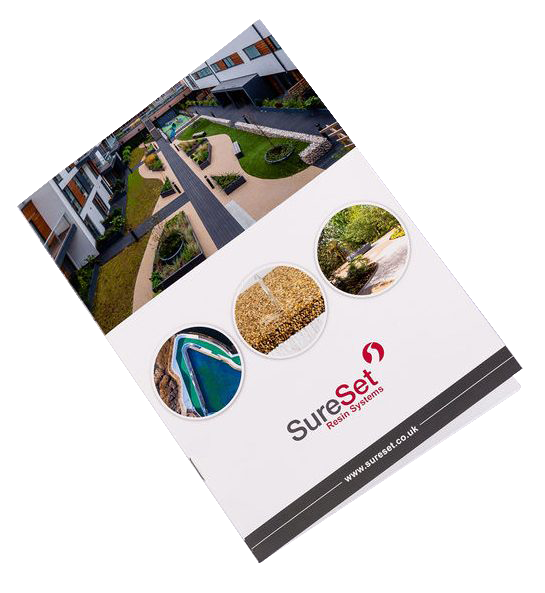
Top Tips For Driveway Drainage Issues
Driveway Drainage Tips
Driveway drainage issues can create more than an unsightly inconvenience. They can also lead to a slew deluge of structural problems and health and safety risks, and they can contribute to urban flooding.
Whether you’re planning to install a new permeable driveway or you have a problem with excess surface water on your existing one, it’s essential that you understand the importance of good drainage.
With that in mind, take a look at our drainage tips for driveways and find out how to reduce flooding caused by heavy rain and more. While these tips are aimed at residential areas, they can also be used for commercial properties and in public areas.
Why Driveway Drainage Is Important
Some of the problems that poor or non-existent driveway drainage can cause include:
Overwhelmed Drains
The excess water that your driveway needs to deal with isn’t always a result of rain falling on its surface. Your driveway also may receive runoff from your home’s roof and gutter and from your neighbour’s roof and gutter. With such a large amount of water, the drain on your property or in the road could easily become overwhelmed, which could lead to pooling or flooding issues.
Pooling Against Your Home’s Exterior Walls
The lack of a drainage system for your driveway could lead to water pooling against your home’s exterior walls. Over time, this may cause dampness and mould on the interior walls and floor of your home, which can pose health and safety risks.
A Hazard For Motorists And Pedestrians
If a large amount of water runs off your driveway and into the road, it can cause a hazard for motorists and pedestrians.
Constant Dampness, Moss, And Mould
Poor driveway drainage can lead to your driveway being damp constantly, which encourages the growth of moss and mould on the surface and in any gaps.
Cracks And Holes
If any water collects in cracks in an asphalt, concrete, or brick-paved driveway and freezes during winter, it could lead to cracks and potholes in your driveway.
Urban Flooding
One of the biggest contributing factors of the disastrous 2007 floods which caused billions of pounds of damage in the UK was council storm drains which couldn’t cope with the amount of runoff from driveways and other paved areas.
According to UK driveway legislation, any new driveway over 5sq.m must have a drainage system for the water to run to a permeable area. If the driveway doesn’t have a drainage system, you will need to obtain planning permission from your local council.
Drainage Tips For Driveways
Now that you know the importance of driveway drainage, let’s dive into those tips.
1. Install a Permeable Resin Driveway
Are resin driveways permeable? SureSet driveways certainly are! Permeable resin driveway drainage is excellent, so installing a SureSet driveway makes sense. That said, it’s good to add a resin drainage channel at the bottom of the driveway, which will lead excess runoff in heavy rain to an appropriate soakaway or storm drain.
Domestic drainage channels are usually used for most homes’ driveways, although some homeowners prefer B125 drainage channels, as they can hold a weight of up to 12.5 tonnes.
2. Keep Your Resin Driveway Surface Clean
The tiny pores that form when sustainable resin driveways are installed is what makes these surfaces permeable. Rainwater simply drains through the driveway and into the ground below, reducing puddles and, in extremely cold temperatures, ice.
However, those tiny pores can become blocked by dirt, grime, and debris over time, so be sure to keep the surface clean to ensure you always have good driveway drainage. Thankfully, durable resin driveway maintenance doesn’t require much effort on your part. Sweep away leaves and other garden debris at least once a week (more often in autumn), and remove any moss or algae growth, should it occur. Give your driveway a good wash with a pressure hose once or twice a year.
3. Add a Gradient to Your Driveway
If you live in a high rainfall area or the ground on which your home is built has a high water table that results in the ground becoming saturated in heavy rain relatively quickly, consider adding a slight gradient to your driveway.
Choose a gradient of 1:80 from front to back, which will allow water to drain but will prevent pushchairs, wheelchairs, and bikes from rolling away from you. If you add a gradient, you’ll also need to add a resin drainage channel to direct the runoff to a soakaway or storm drain.
As you can see, solving driveway drainage issues is relatively easy. Contact us to find out about resin driveway solutions for your property.
Enquire








